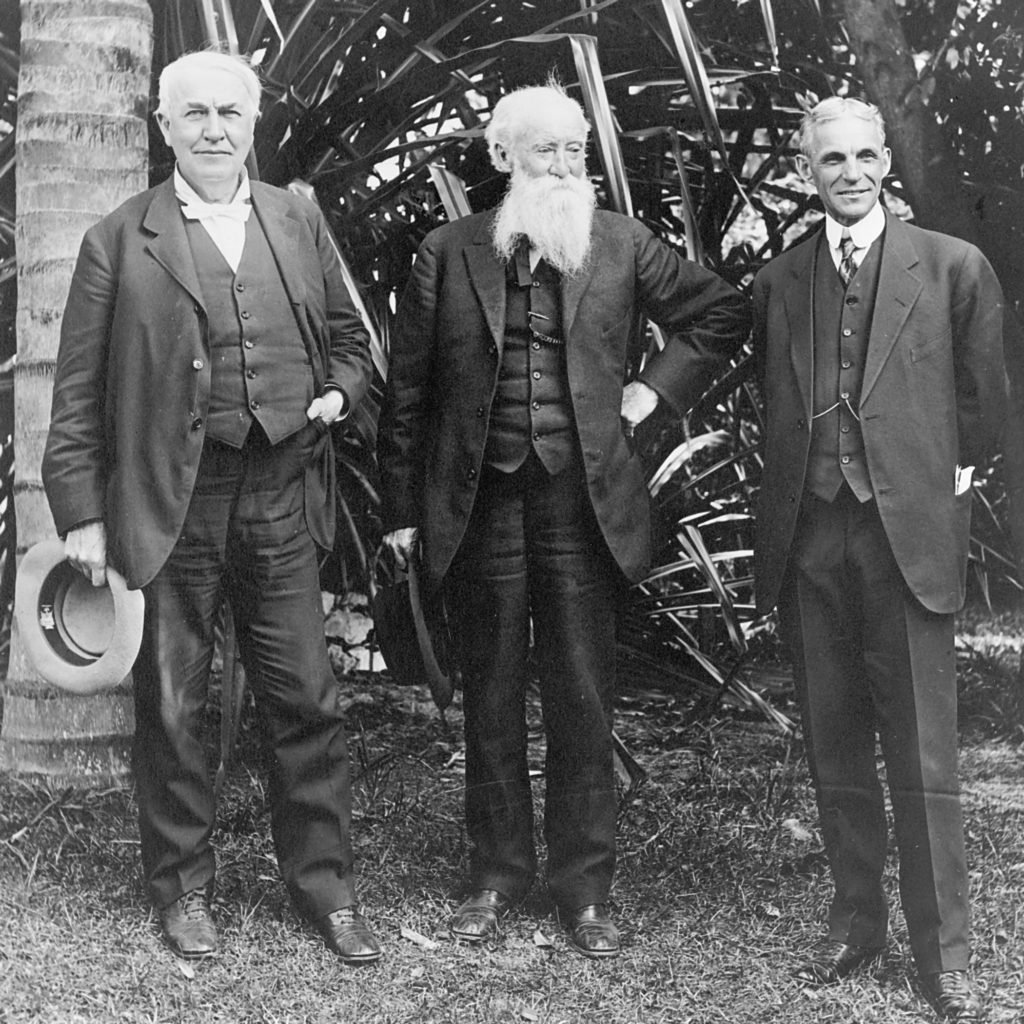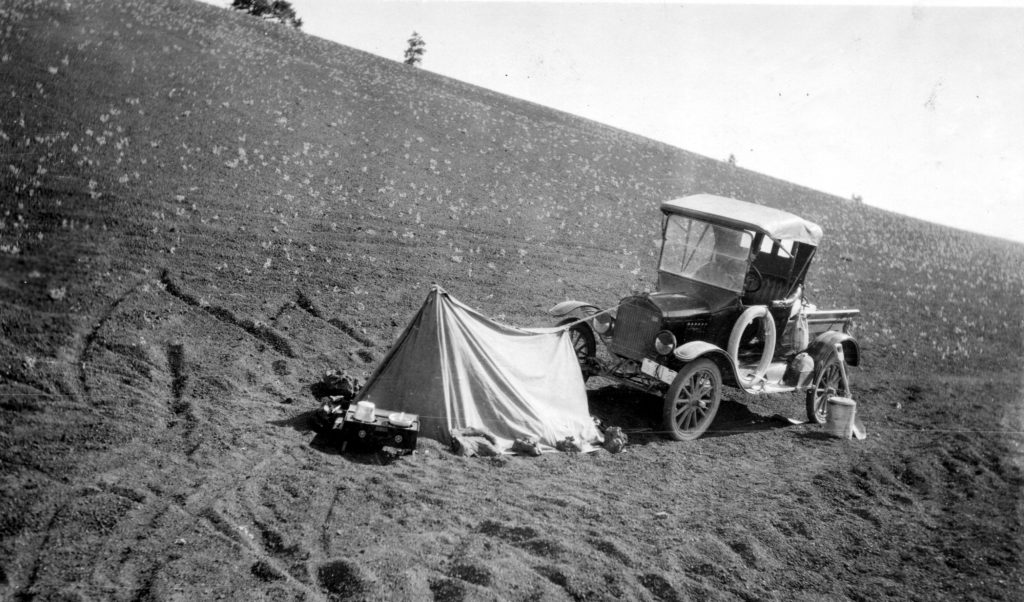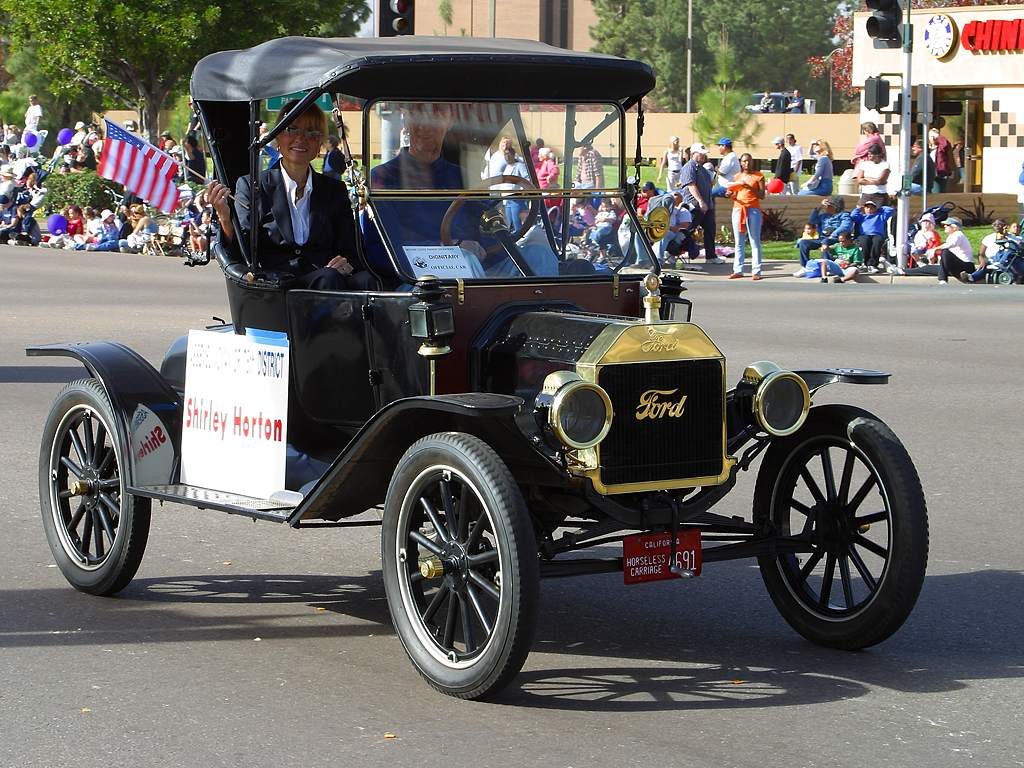It is the machine that changed the world. It started mass manufacturing. It created a huge middle class. It gave good jobs to unskilled workers, and they created labor unions. It put average Americans on wheels. It was the Tin Lizzie. And after two decades of production, the last Model T—the 15th million one—rolled off the Ford assembly line in Highland Park, Michigan, on May 26, 1927.

Henry Ford had big ambitions when he started making cars. But none was bigger than his vision for the Model T:
“I will build a car for the great multitude. It will be large enough for the family, but small enough for the individual to run and care for. It will be constructed of the best materials, by the best men to be hired, after the simplest designs that modern engineering can devise. But it will be so low in price that no man making a good salary will be unable to own one.”
And he succeeded, perhaps beyond even his expectations. He started building Model T Fords in 1908, using the technique of the assembly line that had been first introduced by Ransom Olds. Ford’s car had fully interchangeable parts, a reliable and speedy engine could reach 45 mph), and lots of bells and whistles that could be added (unlike the myth that it was only made in black, the Model T came in several custom colors, but so dark that they all looked pretty much like black). It was cheap to begin with, but his improvements in manufacturing processes and design kept the price going down. Introduced in 1908 for $825, by 1925 it sold for $260. The Model T Ford was 57% of global car production in 1925, and the 15 millionth sold made it the biggest selling car model in history from its origin to 1972 (when the VW Bug passed it).

The Model T revolutionized American life. Truly, anyone with a decent job, blue collar or white, could afford one, both to buy it and keep it running. Ford introduced a minimum wage that allowed his workers to climb into the middle class, regardless of their education or skill level. A car gave people freedom and independence; they moved to new homes and communities in the “suburbs.” They started traveling, and a tourism industry developed to meet their needs—hotels became “motor hotels,” shortened to motels. Vacations at national parks and monuments became part of the American dream, an attainable dream.
Many observers have said that the Model T Ford was the most important innovation of the 20th Century. Others say it defined the 20th Century. E. B. White (Charlotte’s Web, right?) lamented the passing of the Model T when he wrote in 1936, “The last Model T was built in 1927, and the car is fading from what scholars call the American scene—which is an understatement, because to a few million people who grew up with it, the old Ford practically was the American scene.”

And, of course, the American love of the car and the highway has become part of our national personality. In 2017, the U.S. had 272.5 motor vehicles on its roads, about half of which (113 million) were passenger cars. Those vehicles drove 3.2 trillion miles (yes, trillion). That’s about 10,000 vehicle miles driven for every person—adult and child—in the U.S. The country has 225 million licensed drivers; basically anyone who qualified for a license has one. And we lap the rest of the world in vehicle miles traveled per person. Only Canada is close to the U.S.—Canadians love their cars almost as much as Americans do.
So, thanks to Henry Ford for making a car that we can all use and enjoy. And let’s not blame him for indirectly creating a greenhouse gas problem of huge proportion. But let’s hope that another Henry Ford is out there, working hard on a new emission-free transportation system that will relegate the “gas-guzzler” to the Museum of Things That Have Outlived Their Usefulness.
References:
Casey, R. Model T. ASME Landmarks Program. Available at: https://www.asme.org/about-asme/who-we-are/engineering-history/landmarks/233-model-t. Accessed April 25, 2019.
Statista. Number of motor vehicles registered in the United States. Available at: https://www.statista.com/statistics/183505/number-of-vehicles-in-the-united-states-since-1990/. Accessed April 25, 2019.
Weber, Austin. 2008. Ten Ways the Model T Changed the World. Assembly, September 2, 2008. Available at: https://www.assemblymag.com/articles/85804-ten-ways-the-model-t-changed-the-world. Accessed April 25, 2019.
White, E. B. 1936. Farewell, My Lovely. The New Yorker, May 8, 1939. Available at: https://www.newyorker.com/magazine/1936/05/16/farewell-my-lovely. Accessed April 25, 2019.
